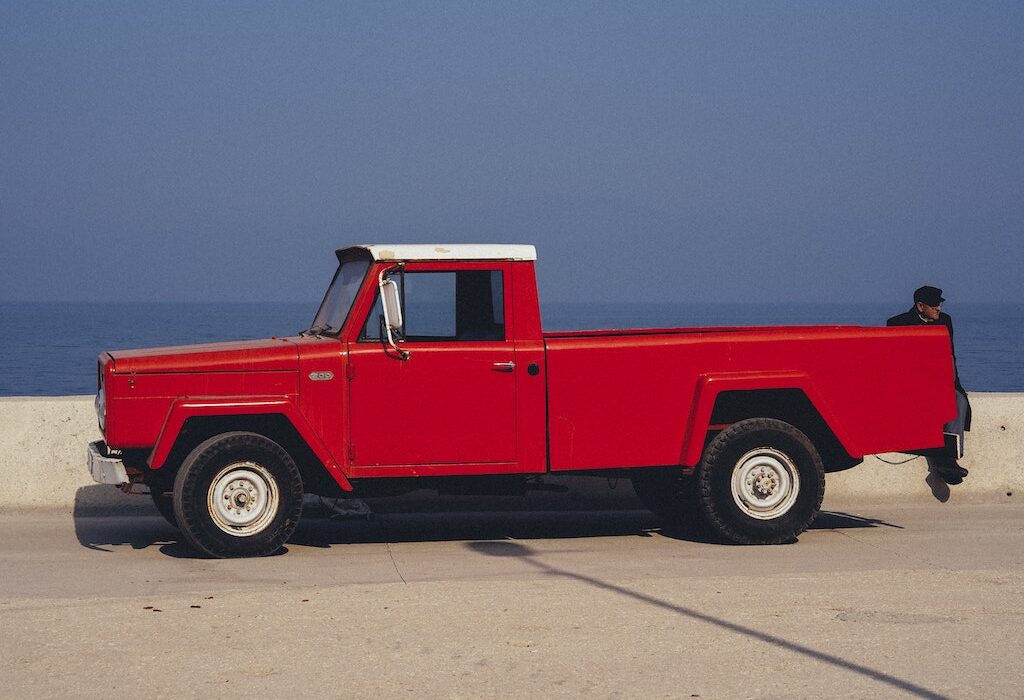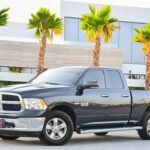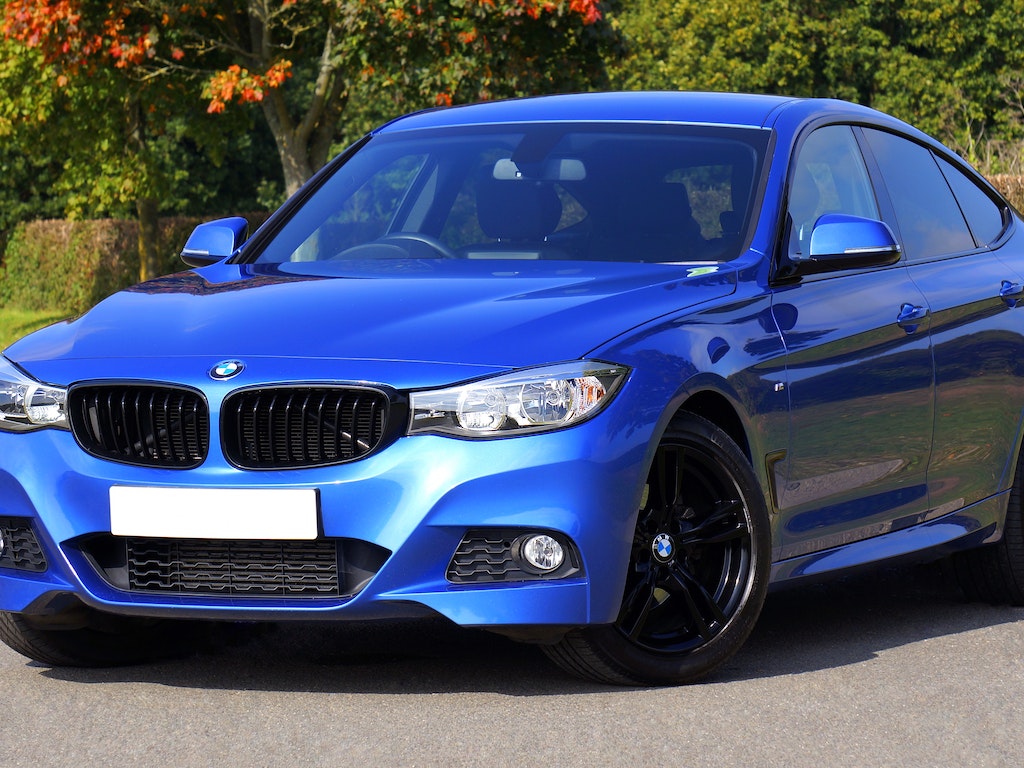Buying a pickup truck can be smooth if you follow these key steps. Understanding your needs and budget is crucial toward finding your ideal truck. We help you understand what you need to look for and how to navigate all the permutations and combinations that come as standard while buying a pick-up truck. Check it out.
Prepare for Higher Costs
Trucks come at a premium, and adjusting your budget is crucial. Unlike midsize cars, which average around $26,486, trucks can cost significantly more, with the average full-size truck reaching $49,713. Before diving into specs, review your budget and ensure your truck payment doesn’t exceed 15% of your take-home pay. Consider making a substantial down payment or exploring pre-approved financing options to lower monthly payments.
Choose Between Midsize or Full-Size
Your intended use for the truck guides your choice between midsize and full-size options. If you will be hauling heavy loads infrequently, midsize trucks like the Chevrolet Colorado, Honda Ridgeline, or Toyota Tacoma offer a more manageable daily drive with ample utility.
For extensive cargo hauling or towing, opt for a larger truck. This decision also influences two- or four-wheel drive options, essential for boat towing or off-roading tasks.
Determine Light-, Medium-, or Heavy-Duty
Know the weight you’ll be towing, including the trailer. This helps you choose between light-duty, medium-duty, or heavy-duty trucks. Manufacturers now categorize trucks differently, with designations like 1500, 2500, 3500, or 150, 250, and 350. Aim for about 10% more capacity than you need.
Select an Engine and Axle Ratio
Modern engines offer improved efficiency; consider V6 or even four-cylinder options. Diesel engines, typically available in heavy-duty trucks, offer high torque for towing.
Axle ratio choice affects towing capacity and fuel economy. Higher ratios allow for more towing but reduce fuel efficiency. Review options to find the best fit.
Pick a Bed and Cab Size
Consider your cab and bed size needs. Cab choices include crew-cab, double-cab, extended cab, and regular cab. Cab size impacts bed length, so plan accordingly. Bed sizes range from 5 to 8 feet; think about your cargo requirements and parking constraints.
Choose Trim, Options, and Packages
Identify the trim level that suits your needs. Bundled packages for safety, technology, or appearance are available. Compile a list of must-have features and present it to the salesperson, allowing some flexibility if the exact configuration isn’t readily available.
Check for Special Fees and Regulations
Ensure you’re aware of any special licensing or additional fees based on your location. Research your state’s regulations to avoid surprises during the purchase process.






